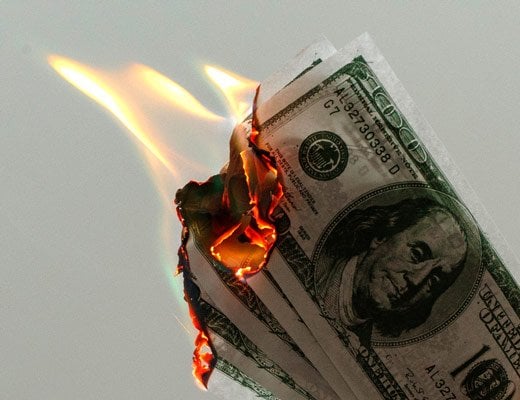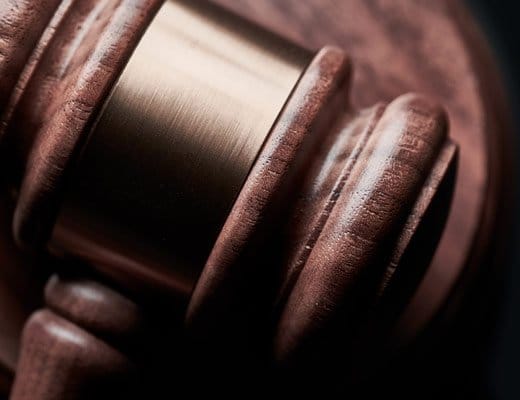No products in the cart.
What is a THC Limit?
A prominent farmers association is calling for the US Department of Agriculture (USDA) to officially increase the maximum allowance of THC for industrial hemp crops. The American Farm Bureau Federation (AFBF) is one of the largest farm organizations in the United States, and they believe that the THC limit for hemp should be raised to 1%.
Farmers who jumped on the hemp bandwagon have been finding it difficult to keep their new crops under the federal limit of 0.3% THC, and it’s costing them a lot of money to figure how how to make this all work financially to meet the current limits.
Effects of a THC Legal Limit
In Arizona, over 40% of the hemp crops tested since December 2019 have exceeded the legal limit of 0.3% THC and will have to be destroyed, at a loss of about $13.4 million.
This means that the state’s farmers will lose four out of every ten hemp crops, with no recourse or compensation with the sale of their hemp derived cbd oils.

This policy seems incredibly wasteful and unfair, as many farmers are now losing the money they invested into their new hemp crops. There are numerous uncontrollable factors that determine how much THC is produced in a hemp plant, including soil and climate.
Warmer temperatures are associated with a higher THC content in cannabis, which might help to explain why Arizona farmers had so many issues keeping the keeping the percentage down.

Testing Hemp Crops
Hemp is a type of Cannabis sativa, and its cultivation was previously prohibited until the Farm Bill was passed in 2018. Under the current USDA regulations, hemp crops must be tested by an official Drug Enforcement Agency (DEA) laboratory for their THC content, 15 days prior to harvest. If the crops test higher than 0.3% THC, then they are legally considered “marijuana”, which is still federally prohibited. When that happens, the USDA no longer has jurisdiction over the crop, so it has to be turned over to the DEA and destroyed. Many farmers believe that this policy creates undue financial hardship because they have no way to recoup the costs of the harvest. When the crop is legally considered marijuana, they are restricted from selling it as biofuel or using it for compost.
Tetrahydrocannabinol
THC, or tetrahydrocannabinol, is the only compound in cannabis that has psychotropic characteristics, and it is the sole determinant that legally distinguishes hemp from commercial marijuana. This is problematic for several reasons, primarily because the botanical definition of hemp is much more extensive than simply its quantity of THC. In 2015, a group of Canadian scientists conducted a study which reported that “marijuana and hemp are significantly differentiated at a genome-wide level, demonstrating that the distinction between these populations is not limited to genes underlying THC production.” This begs the question: why was the level ever set at 0.3% in the first place?

THC Level
The 0.3% THC level limit was originally established by researchers as an easy way to differentiate between hemp and marijuana for the purpose of their study, but it was never intended as an official number or meant to be used as the method for legally defining hemp. However, politicians eventually latched onto that figure without really understanding or asking whether it was necessary for it to be that low. The general threshold for THC to cause intoxicating effects is around 1%, so it would seem that would be a logical number to start with. Many countries have already implemented policies which establish the maximum THC limit as 1%, including Uruguay, Switzerland, Australia, Thailand, and most recently, Ecuador.
Medical Limit
Farmers have until January 31st to submit their comments to the USDA regarding the new hemp growing policies. In addition to raising the THC limit to 1%, farmers are also asking that industrial hemp crops which are intended for clothing or non-ingestion should be exempt from THC testing altogether. At the very least, they would like to be able to use the high testing crops for use as bio-fuel or compost, instead of just having them destroyed.

In order for the United States to be competitive in the global hemp market, the regulations for cultivation should be fair and based in science, not arbitrary rules that are mandated by politicians who simply don’t know any better. Hopefully, the USDA will be receptive to the opinions that are being submitted, and work to fix the issues that are preventing hemp farmers from being able to make a profit.

